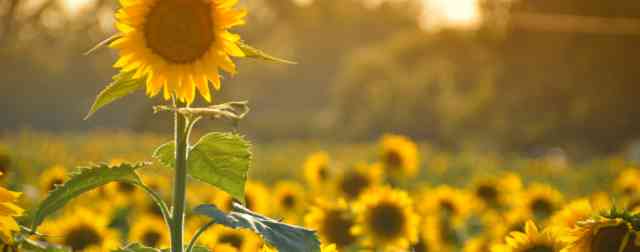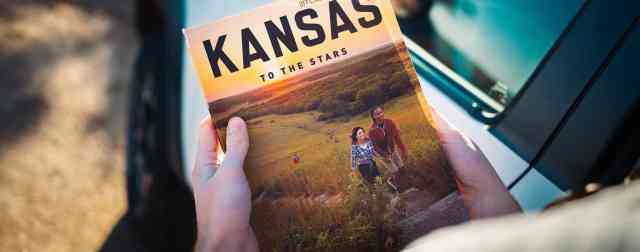Your browser is not supported for this experience.
We recommend using Chrome, Firefox, Edge, or Safari.
HUNTING IN KANSAS
KANSAS OFFERS SOME OF THE BEST HUNTING IN THE NATION.
Known for its wide variety of hunting seasons, expansive outdoors, and tons of public land, Kansas has proven to be one of the best hunting destinations in the world. You'll find many places to hunt since Kansas has 300,000 acres of public land and more than 1 million acres of private land seasonally open to hunters. Additionally, Kansas has approximately one-half million acres of professionally managed hunting facilities that provide private fee-to-hunt access.
The best time for hunting is usually from September to May, with some seasonal hunting throughout the other months of the year. The state has a reputation for having large white-tail bucks and has also been recognized as one of the Top 3 States for Pheasant & Quail. Dedicated outdoorsmen can also enjoy seasons for upland game, turkey, waterfowl, and so much more!
Kansas Hunting & Outdoors
Kansas Hunting License
Kansas has some year-round hunting seasons, but the primary hunting season typically runs from September to May. For more information on when current and upcoming hunting seasons are happening in Kansas, please visit ksoutdoor.com/when-to-hunt. If you'd like a complete list of all available hunting seasons throughout Kansas, click here.
Kansas has a variety of species open for hunting. For more information on what you can hunt in Kansas, please visit ksoutdoor.com/what-to-hunt.























